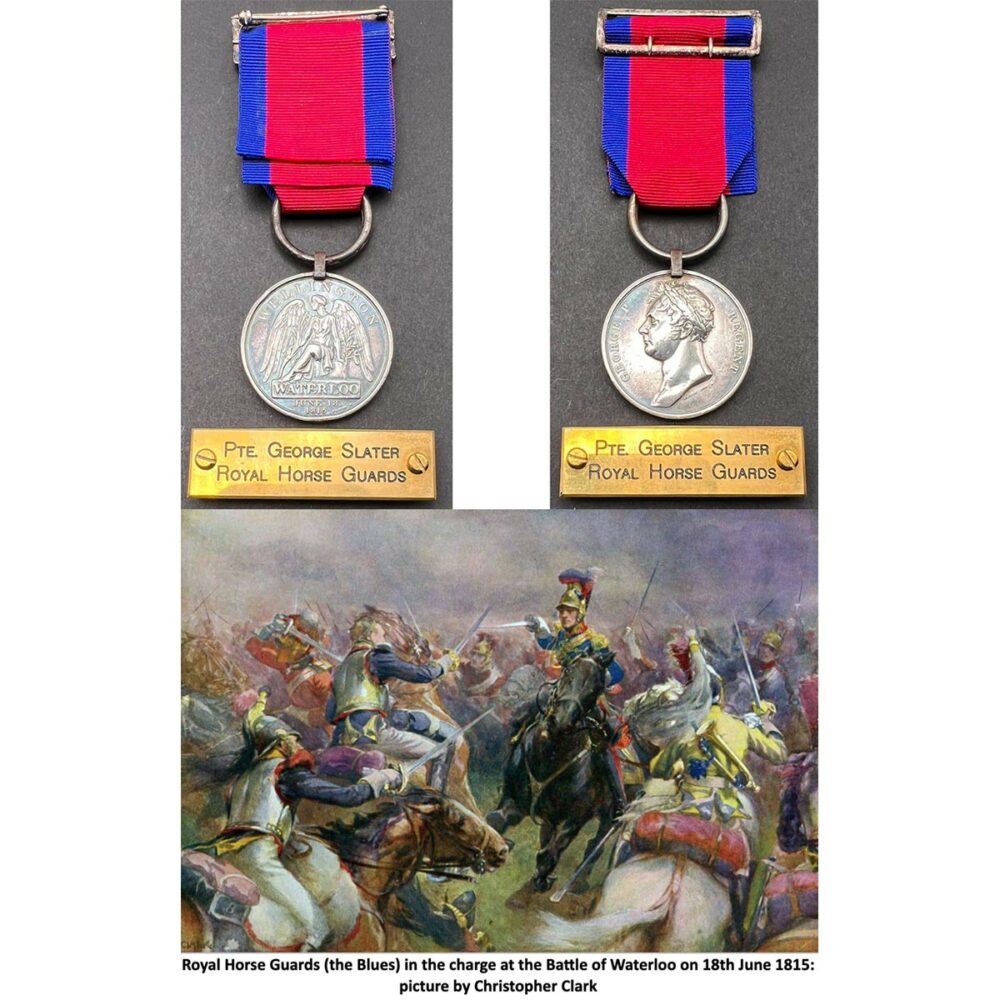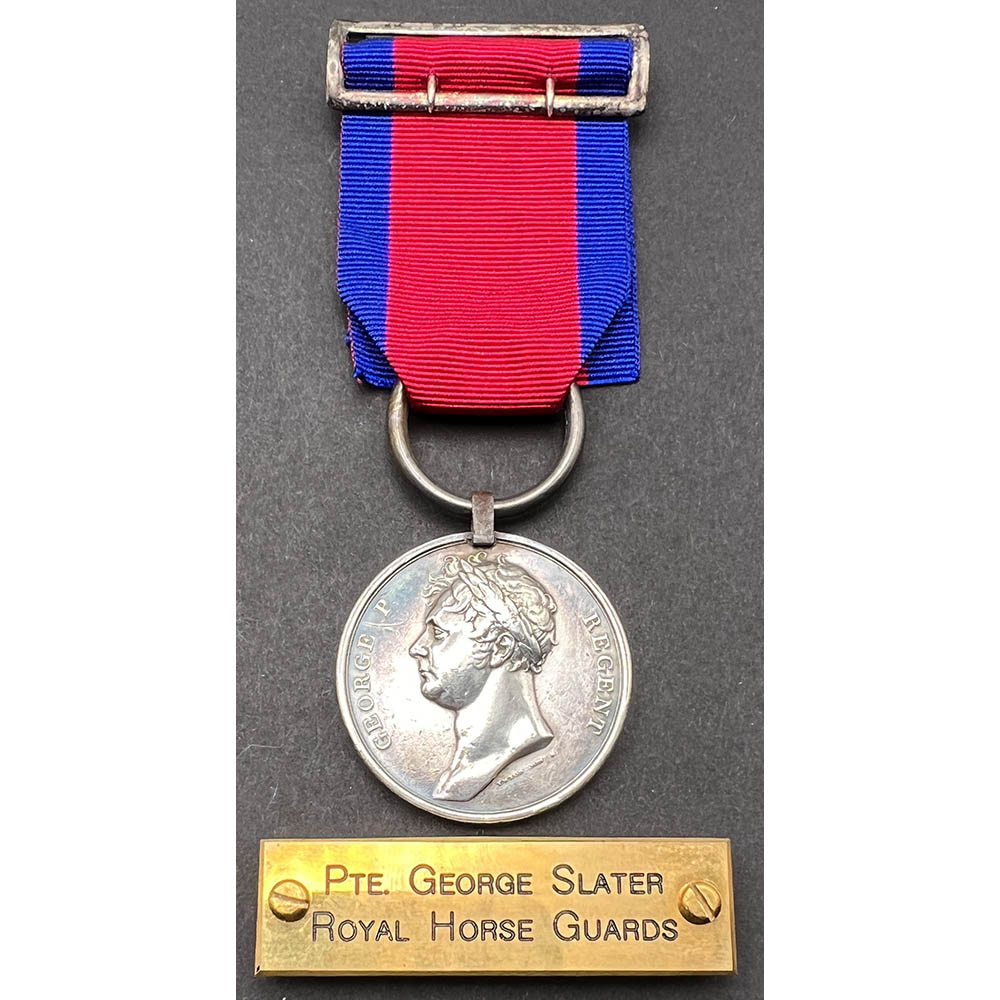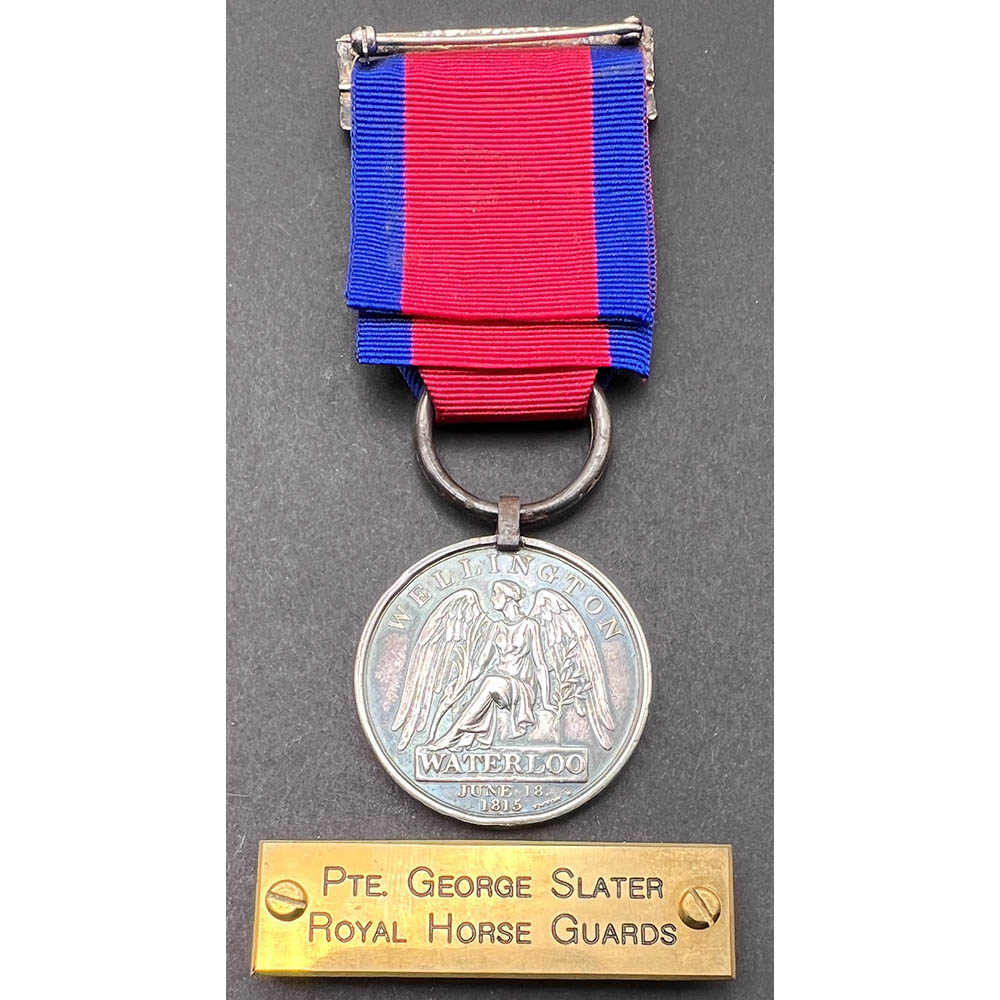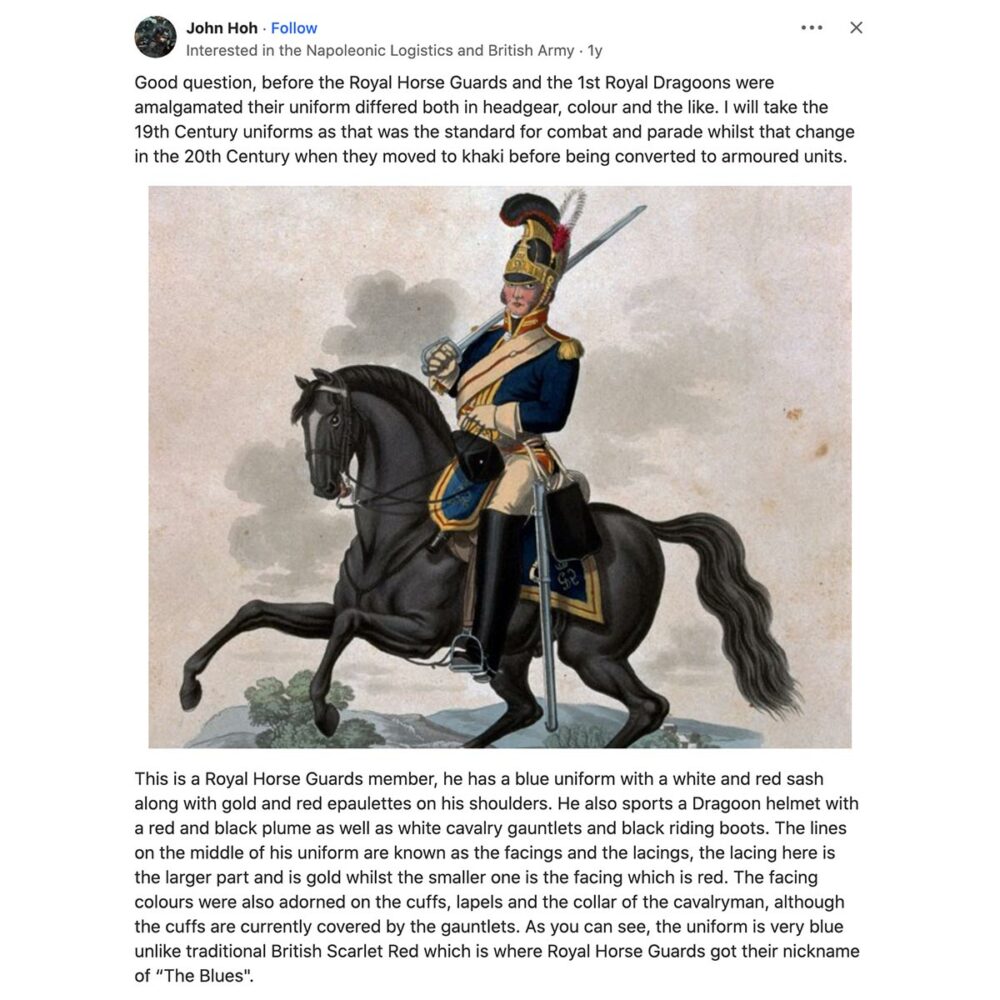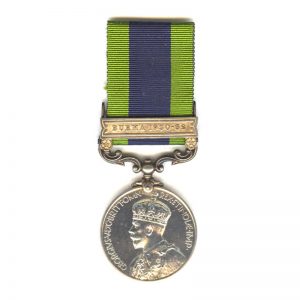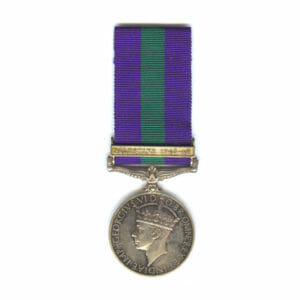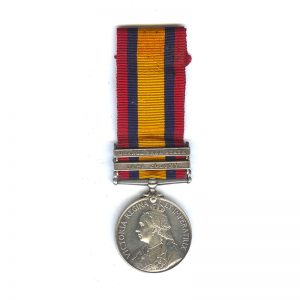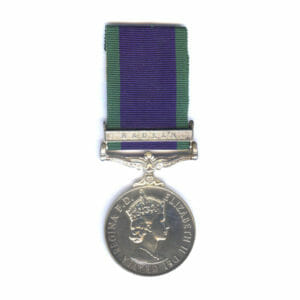Description
Waterloo Medal, 1815, Private George Slater, Royal Horse Guards, Wounded by a musket to his arm whilst at the same time having his horse shot under him by a cannon, Charge of the Heavy Brigade.
A Lancashire Man in the famous “Blues”, The Royal Horse Guards took part in a magnificent Charge during the Battle of Waterloo which clashed with the French Cuirassiers, during which a keen Frenchman shot him in the Right Arm with his musket, whilst a French Cannon blasted his horse under him. As part of the Heavy Brigade they went right into the French Cavalry notably clashing swords with their counterparts such as the 4th Cuirassiers.
They also rode through the French Squares, wreaking havoc where a well time volley managed to strike a few of the chargers.
One of the last survivors in Lancashire of Waterloo, being treated by the locals of Penwortham, Lancs to an Anniversary Dinner and many years on in 1864 given a Half Crown as a gift, being one of only 10 local veterans of the Battle they could muster.
There were only about 1226 men present at the Battle of who made up the 1st Household Brigade, only 237 of them were representative of the Royal Horse Guards, about half the size of their comrades both the Regiment of Life Guards and 1st Dragoon Guards.
During the Battle out of 237, they lost 1 Officer Killed, 4 Wounded and 1 Missing.
Amongst the Ranks was 19 killed, 61 wounded and 20 missing, amongst the wounded was Private Slater.
Total casualties amounted to 106 men out of 237 almost half their number at 45%, almost a coin flip at whether you would become a casualty or come through unscathed.
Officially impressed all naming as issued: “*** GEORGE SLATER ROYAL HORSE GUARDS. ***” All naming still remains lovely and clear.
Good preserved condition for a Waterloo and 50 years later veteran, light bruising and polishing.
Provenance of this medal through the years:
Ex Elson Collection,
Sold Glendinings June 1939
Glendining February 1947
Glendining February 1963, £25. The Ambrose Elson Collection.
OMRS Auction 21st June 2003, Lot 44
Confirmed on the Medal Roll etc as present as a member of Lieutenant Colonel C. Hill’s Troop at the Battle.
George Slater went through his life without much of a well deserved pension for his services, he was later examined many years on 7th December 1858 at the age of 66, when he was one of a small number of late entries for a Wound Pension, “These following men have been recommended for a Special Pension on account of their wounds received in the Peninsular Campaign.”
Private George Slater of the Royal Horse Guards, who had 4 years 7 months of service, with 2 years for his presence at Waterloo was noted that he had been discharged after the battle:
“DISCHARGED, Wounded in the Right Arm at Waterloo by a musket ball, at the same time his horse was shot under him by Cannon fire.”
He was discharged on 29th December 1816.
His pension was swiftly instituted to him back home in Preston since 16th November 1858 of 6d per day.
This was increased to 9d per day from 22nd May 1860.
Mr George Slater, was born in Fulwood, Preston, Lancashire Circa 1792-3.
He had 4 years 6 months service by the time of his discharge, not including his extra 2 years for Waterloo, placing his Enlistment around May of 1812.
Some further muster research might reveal services in the Peninsular War, and possibly was amongst those posted to the Peninsular who saw service at Vittoria and Toulouse, although if so he did not claim the MGS medal later circa 1850.
He spent 4 years 6 months in the Army with the “Oxford Blues”, after the battle they carried onto Paris to secure their victory and returned home in 1816 when Slater was discharged with his wounds.
He returned back to his hometown of Preston in Lancashire where he lived the rest of his life.
He was noted in the local newspapers as present in the Anniversary Dinners for those veterans of Peninsular Waterloo, and they even had an old Trafalgar Veteran present.
The 49th Anniversary was one of his last in 1864, he died a few years later during 1867 at the age of about 75.
The Royal Horse Guards, known as “The Blues” from their magnificent Blue and gold embroidered uniforms, adorned with a fine plumed helmet, are members of the Household Cavalry.
It was relatively rare for them to leave their ceremonial peacekeeping roles to be deployed but they would see a number of deployments in the 1700s and particularly proved themselves in previous French Revolutionary Wars followed by the Peninsular Campaign.
BATTLE OF WATERLOO, THE HOUSEHOLD CAVALRY CHARGE INTO THE FRENCH LINES
At the Battle of Waterloo, they stormed into action riding alongside the Life Guards, in their distinctive Red, with the “Blues”, the Horse Guards in their contrasting Blue uniforms.
The Royal Horse Guards were under the command once again of Sir Robert Chambre Hill, recent recipient of an Army Gold Medal for Vittoria.
The Household Cavalry were ordered to charge under command of Lord Uxbridge, they rode in formation behind the Life Guards.
Sir Robert Hill had led his men right into the French 4th Cuirassiers, when he was shot in the arm by a musket, the exact same wound received by Private Slater. Major Packe of the regiment was run through by the French Cavalry and fell dead straight from his horse, all the commanding offficers in the brigade were slain in their ferocious charge against the formidable Curassiers.
This led to many hundreds of Frenchmen killed, 1200 being taken prisoner. They charged right through and the regiment was in danger of going too far away from La Haye Sainte, when they were rescuded by General Somerset. They continued to fight General Ney’s Cavalry to a standstill, until reinforcements arrived from Blucher’s Prussians appeared to the left flank and they recovered the hilltop commanded by La Haye.
Apparently according to the records, some fine field surgery was done to those wounded men of the Blues, with only 6 of the 50 wounded dying from their wounds. They lost 44 killed.
Private Robert Peel of the RHG records the following events under similar circumstances as to the experience of Slater:
…when we was about two hundred yards from the French lines a cannon ball came and took off my horses leg so I dismounted but looking around I saw a horse that somebody had been killed off so I soon got another. So we continued in that state until night the Prussians came up and began to work and the French began to run and a happy sight it was.”
Notable Trumpeter Tom Evans of the Blues was the one who went to the rescue of General Robert Hill in his scrap with the French Cavalry, and later retired to start a pub in Old Windsor he fittingly called the “Oxford Blue”.
Painting of the reproduced Clash between the Royal Horse Guards is from Britishbattles.com who have a lengthy and most detailed account of the battle.
Mr John Hoh of Quora.com provides a good brief explanation of the Waterloo Era uniform of the Royal Horse Guards.
